Students Are Falling Behind in Math. Here’s How to Help.
MARCH 9, 2021
March 2021 marks one year since the COVID-19 pandemic shut school buildings and businesses across the country. Over the last 12 months, schools have made heroic efforts to keep students connected to learning through a combination of remote, hybrid, and in-person instruction—in many cases, switching between different modes over the course of the school year. How will these disruptions impact student learning?
While teaching and learning are still taking place—and some students are thriving—many students are expected to show learning lags. These losses may be especially significant in math. In fact, a December 2020 study by McKinsey & Company estimates that U.S. students may lose nine months of learning gains in math, on average, by the end of this academic year as a result of the pandemic. Why are students struggling more in math than in other subjects? And what can teachers, administrators, and parents do to help?
Why Math Has Suffered the Most
With school schedules disrupted and additional stressors at home, many students are struggling with learning across the board. The pandemic has also exacerbated academic equity concerns, with student progress during remote and hybrid learning tied to variables such as access to technology and the internet, availability of parental support, and connection to mental health resources. But results from NWEA’s fall assessment of elementary and middle school students suggest that learning losses will be significantly greater in math than in reading. Compared to results from fall 2019, students scored an average of 5-10 percentile points lower in math in the fall of 2020, while English language arts scores remained largely the same.
There are several reasons that students may struggle more in math than in reading during this time. Among them:
- Curriculum: Unlike other subjects, math is highly sequential and skill-based; if students miss important concepts from earlier units or grade levels, it is very difficult for them to just “jump in” to the latest unit. That means that students who are behind will tend to continue to fall further behind without specific intervention.
- Parental Support: Many parents do not feel equipped to help their children with even elementary-level math. They may not feel confident in their own math skills, or they may be intimidated by new methods that look very different from the way they remember learning math. As a result, students have less support from parents in math during at-home learning.
- Math Anxiety: Many students struggle with math anxiety, and right now, that has been joined by pandemic-related anxiety. A large percentage of students are facing increased stress in the home environment due to parental job loss and financial concerns, housing or food insecurity, or serious illness and loss among family members. When faced with a subject they are already uncomfortable with, these students may simply shut down.
- Learning Environment: Math may be particularly hard for some students in a remote learning environment. Even if they have consistent technology and internet access, they may not learn well in an online format and may be less likely to ask for help. Some students previously in pull-out intervention or push-in co-teaching classes may have also lost access to these additional supports.
- Teacher Aptitude: Remote and hybrid teaching require new skill sets and strategies for teachers—but most professional development over the last year has been focused on the mechanics of navigating various online learning platforms and tools. Many teachers have had to figure out distance and hybrid learning best practices on their own.
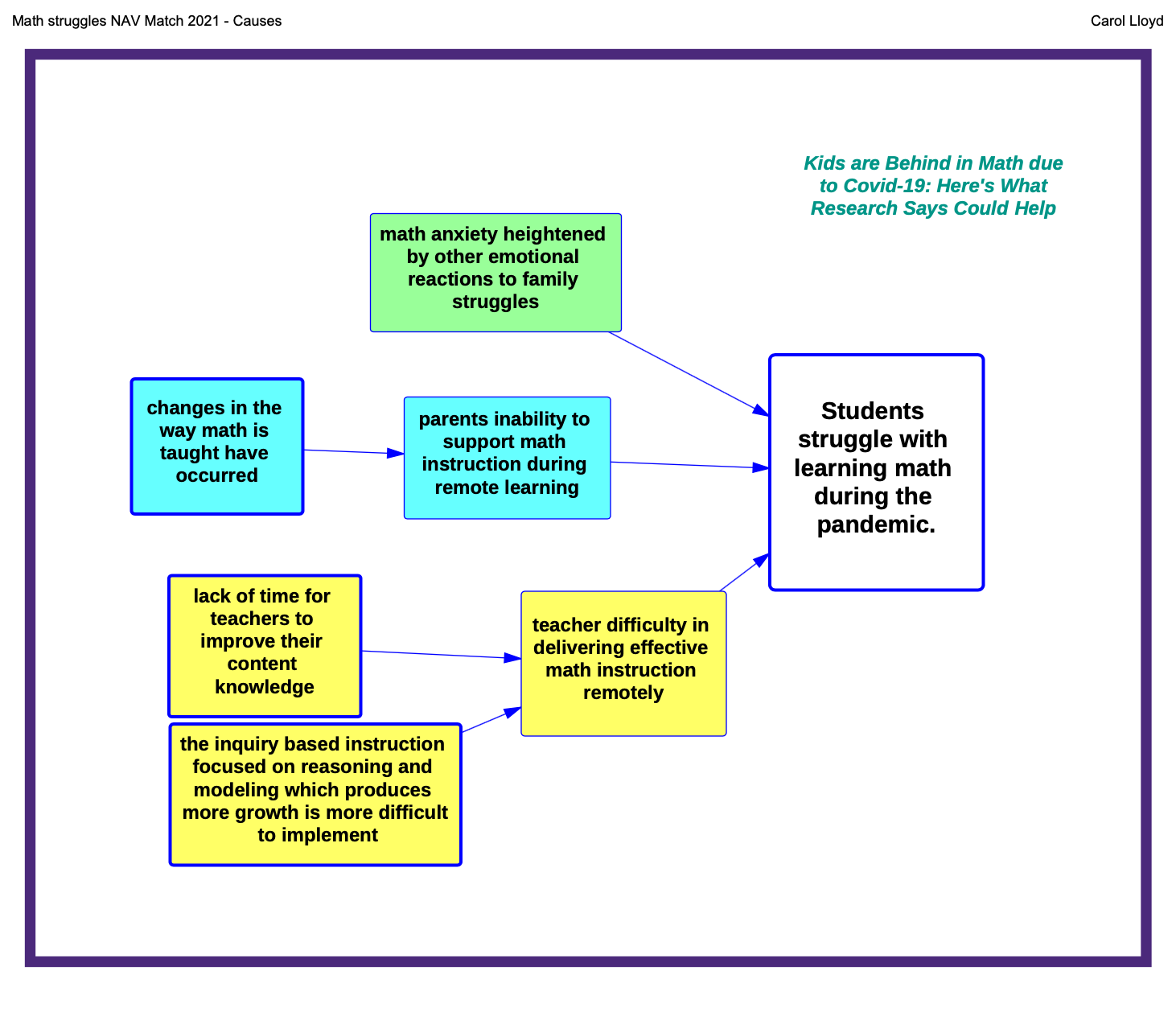
Building Conceptual Understanding to Accelerate Math Gains
Students who are falling behind in math need plenty of practice, and there are many programs that will provide that. But they also need something else: conceptual understanding. It’s not enough to simply practice a discrete math skill until they can get the right answer. They need to understand why the answer is right so they can build on and translate that understanding to higher math concepts.
Marilyn Burns, in Nine Ways to Catch Kids Up, stresses the importance of conceptual understanding to help students make connections among mathematical ideas and build on the foundations of prior learning. Many students who struggle with math view it as a series of disconnected rules and steps to memorize and follow. Rote learning may get students through their multiplication tables, but without a deep understanding of what mathematical facts and formulas represent, students will not be successful with higher-level math.
Students who have a deep and intuitive understanding of math concepts, starting with basic numeracy and geometric relationships, have a foundation they can build on as they advance to higher-order math. Students who are lagging behind in math need to develop that conceptual understanding first. Once the concepts are grasped, practice becomes much more meaningful. To help students develop conceptual understanding, teachers can:
- Represent concepts in multiple ways (e.g., manipulatives, pictures and drawings, and symbolic representations)
- Show different methods to solve the same type of problem
- Make connections between mathematical concepts
- Demonstrate real-world applications
- Have students explain their reasoning and show evidence of their thinking
Thinking Maps supports the development of conceptual understanding in mathematics. The Maps can be used to help students visualize and connect mathematical concepts, explain their thinking, and show their work. Here are a few examples from the Map Gallery:
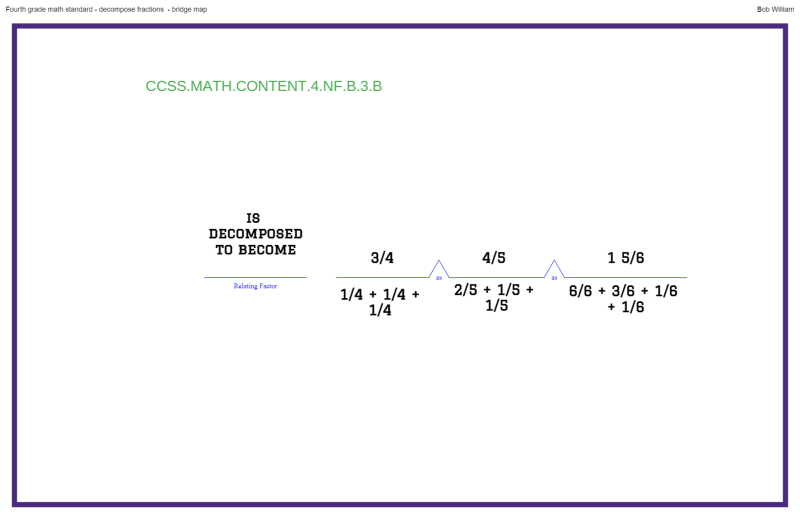
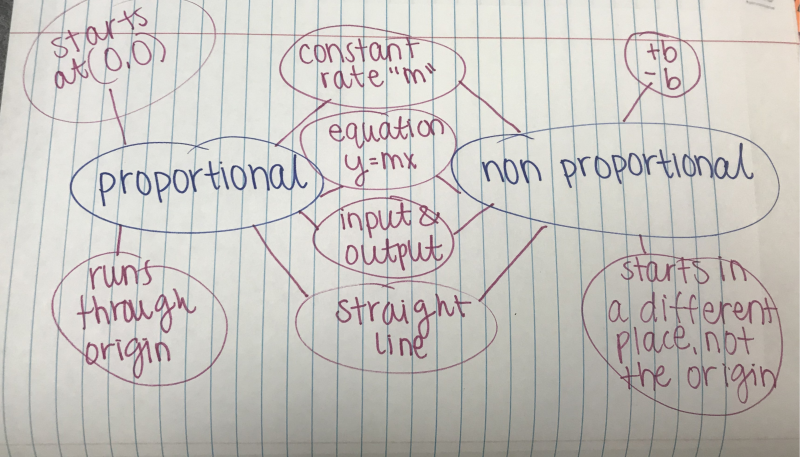
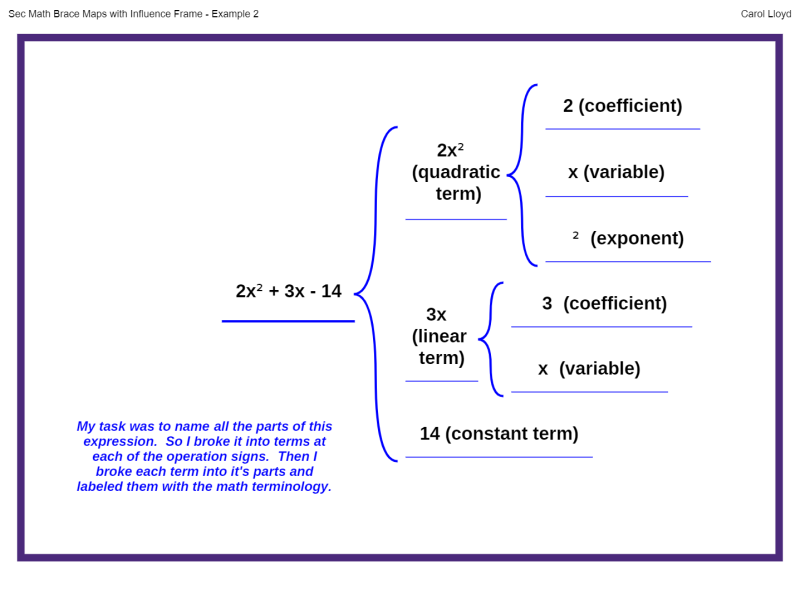
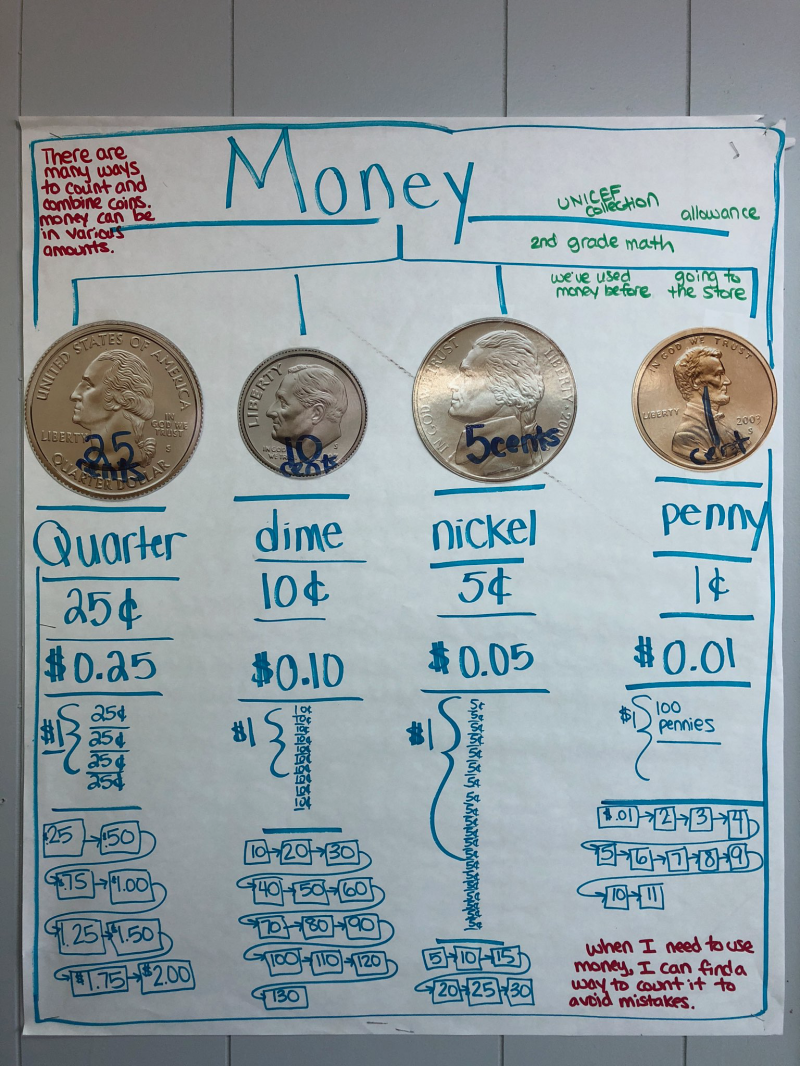
Thinking Maps can be especially helpful for students and teachers right now, while students are struggling to catch up and teachers are still navigating a variety of learning environments. The Maps can be used for both in-person and remote learning and give teachers a concrete window into student thinking and understanding. Students can use the Maps to solve problems, explain their thinking, and connect ideas. Maps can be created using pencil-and-paper, manipulatives, or in the online Map Builder.
Looking for more ideas for using Thinking Maps to build conceptual understanding in math?
Thinking Maps Learning Community (TMLC) subscribers can find more help in the March 2021 Navigator and the Thinking Like a Mathematician online course.
If you’re not yet a TMLC subscriber, contact your Thinking Maps Strategic Partnerships Executive to get started.
Continue Reading
March 19, 2025
When we align instruction with the way the brain prefers to receive information, we can reduce the “cognitive load” of learning and help students maximize understanding, retention and recall. These six brain-based strategies can help educators improve learning outcomes and make learning more fun and efficient.
May 16, 2024
Support student mastery of the Core Ideas and Crosscutting Concepts in the NGSS with Thinking Maps.
April 15, 2024
Scientific thinking empowers students to ask good questions about the world around them, become flexible and adaptable problem solvers, and engage in effective decision making in a variety of domains. Thinking Maps can help teachers nurture a scientific mindset in students and support mastery of important STEM skills and content.
March 15, 2024
Authentic assessment shifts the focus to application of knowledge and skills in the kinds of complex tasks students will face in the real world. Thinking Maps are valuable tools for assessment of student learning, either as stand-alone tasks or as a foundation for authentic learning activities.